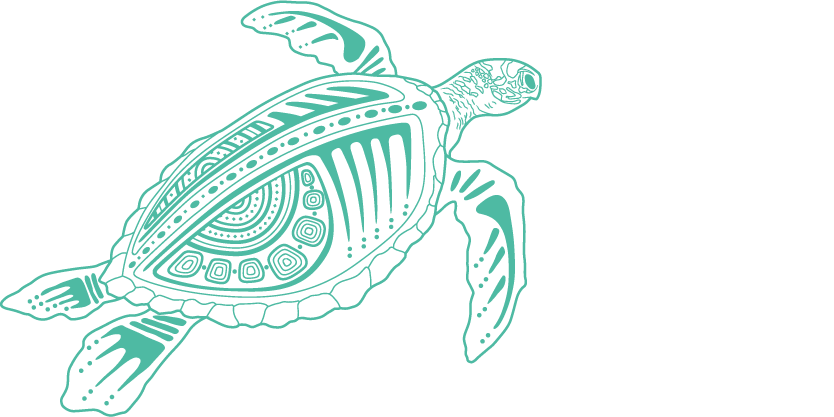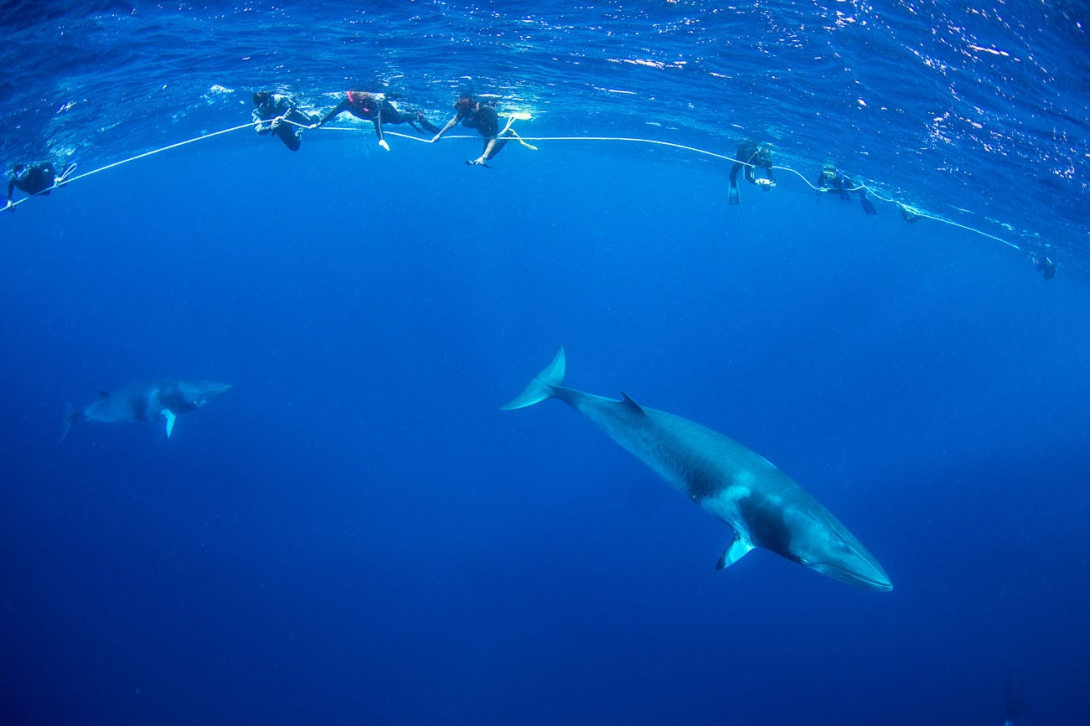78.
Great Barrier Reef Marine Park Authority 2021, Woppaburra Traditional Owner heritage assessment (Document No. 100428), Great Barrier Reef Marine Park Authority.
500.
Rizzo, L.Y. and Schulte, D. 2009, A review of humpback whales' migration patterns worldwide and their consequences to gene flow, Journal of the Marine Biological Association of the United Kingdom 89: 995-1002.
501.
Meynecke, J., De Bie, J., Barraqueta, J.M., Seyboth, E., Dey, S.P., et al. 2021, The role of environmental drivers in humpback whale distribution, movement and behavior: A review, Frontiers in Marine Science 8: 720774.
502.
Foley, H.J., Pacifici, K., Baird, R.W., Webster, D.L., Swaim, Z.T., et al. 2021, Residency and movement patterns of Cuvier’s beaked whales Ziphius cavirostris off Cape Hatteras, North Carolina, USA, Marine Ecology Progress Series 660: 203-216.
503.
Arnold, P.W. 1997, Occurrence of dwarf minke whales (Balaenoptera acutorostrata) on the northern Great Barrier Reef, Australia, Report of the International Whaling Commission 47: 419–424.
504.
Noad, M.J., Kniest, E. and Dunlop, R.A. 2019, Boom to bust? Implications for the continued rapid growth of the eastern Australian humpback whale population despite recovery, Population Ecology 61(2): 198-209.
505.
Threatened Species Scientific Committee 2022, Listing advice – Megaptera novaeangliae – humpback whale, Department of Agriculture, Water and Environment, Canberra.
506.
Smith, J.N., Kelly, N., Childerhouse, S., Redfern, J.V., Moore, T.J., et al. 2020, Quantifying ship strike risk to breeding whales in a multiple-use marine park: the Great Barrier Reef, Frontiers in Marine Science 7: 67.
507.
Albouy, C., Delattre, V., Donati, G., Frölicher, T.L., Albouy-Boyer, S., et al. 2020, Global vulnerability of marine mammals to global warming, Scientific Reports 10(1): 548.
508.
Fowler, C.W. 1990, Density dependence in northern fur seals (Callorhinus ursinus), Marine Mammal Science 6(3): 171-195.
509.
Pirotta, V., Franklin, W., Mansfield, L., Lowe, J. and Peterson, O. 2023, Sighting records of “Migaloo” the white humpback whale provide evidence of Australian site fidelity and use of New Zealand waters as a migratory route, Australian Zoologist 42(4): 1014-1028.



